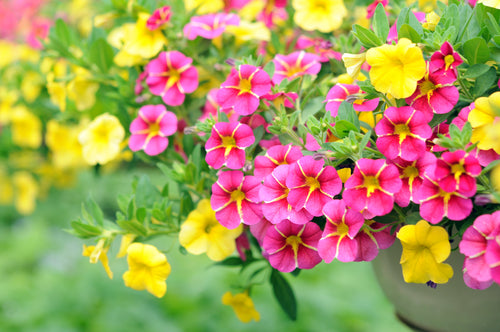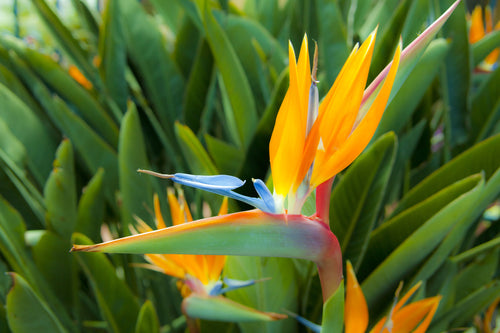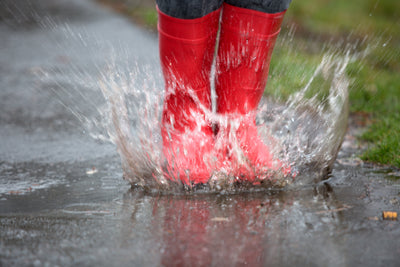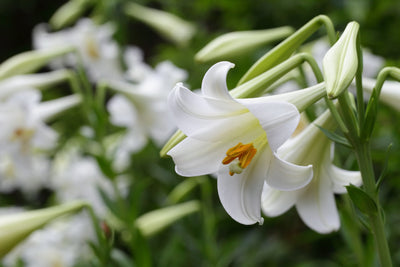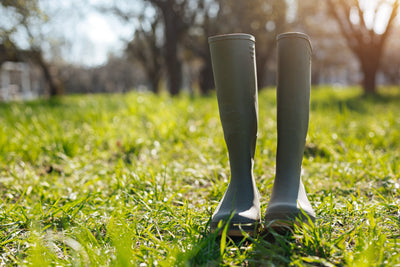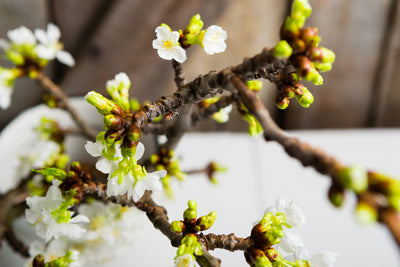Starting Seeds Indoors
Vegetables such as tomatoes, peppers and eggplant need a long warm growing season to produce a good harvest. In the Chicago area, it is best to start these seeds in early March.
Containers and trays: Almost any container can be used to start seeds such as milk or egg cartons, yogurt cups, or plastic trays. When reusing any container, it should be clean and sanitized in a 1:9 bleach:water solution. Put holes in the bottom to allow excess water to drain. For easy transplanting, sow your seeds in biodegradable pots or trays that can be planted directly into the garden. Pesche’s carries Jiffy products that include Seed Starter Pots & Trays, Greenhouse Kits as sell as the Jumpstart Germination Station and the SunBlaster Growlight Garden.
Labeling: Don’t forget to label your containers with the plant name and the date planted.
Soil Media: Use a high-quality seed-starting mix such as Dr. Earth, Hoffman’s or Fafard. These mixes are loose and lightweight, yet hold moisture while being free from sticks and bark. Avoid regular potting soil mixes, which can be too heavy for tiny seeds, and never use soil from your garden that may introduce insects, weeds, or diseases. Thoroughly moisten the soil media before filling your container.
Moisture: Covering your containers with a clear lid or clear plastic wrap helps retain moisture and increase humidity during germination. After your seedlings emerge, remove the cover. Misting using a spray bottle, or bottom watering (adding water to the drainage tray) are great ways to keep growing media moist without disturbing seeds and young seedlings. Check moisture regularly to prevent seeds and seedlings from drying out or from sitting in standing water.
Temperature: Optimal media temperatures for seeds to germinate will vary for each variety. Once the seeds germinate, room temperatures of 70º–75ºF will help most seedlings grow best. Warm season plants such as tomatoes, eggplants, and peppers appreciate warmer soil conditions and may benefit from the use of a seedling heat mat (Jump Start Seedling Heat Mat) when sown indoors. Remove the heat mat once the seedlings arise.
Light: For best growth, seedlings need at least 14 hours of quality light per day. Even your sunniest window may not supply enough light to grow strong plants. It is best to use Sunblaster T-5 hood fixtures lamps with 6500 Degree K full spectrum lamps or MiracleLED wide angle grow lights. For an efficient and inexpensive option that provides adequate light, use compact fluorescent lights with a mix of cool and warm fluorescent bulbs placed 2-4 inches above the seedlings. To make it easier, plug your lights into a timer that is set to turn on and off automatically.
Circulation: Air circulation around seedlings can help prevent disease problems while strengthening seedlings. Use a small fan on a low setting to create adequate airflow. Avoid aiming the fan directly at the soil, as it can cause rapid drying.
Fertilizer: If your seed starting mix does not contain nutrients you should add a diluted amount of slow-release, organic, balanced fertilizer to the media or use a liquid formula once seedlings have true leaves. Pesche’s recommends using Dr. Earth Tomato, Vegetable & Herb liquid concentrate fertilizer every other week at a rate of 2 oz. per gallon of water.
Repotting: When your seedlings are three or four inches tall and have their second pair of leaves, it’s time to take them out of their crowded containers and put them into deeper, roomier ones. For Tomato’s only, any part of the tomato stem that’s covered with soil will develop roots, and a large root system is important for transplants. Try using a deeper container and set the plants lower than they were growing before, right up to the lowest set of leaves. Use the same soil mix that you used to start your seeds. To be sure your seedlings have a good root system, repot them a second time before setting them out in the garden in 1 gallon containers. Again, you can plant them right up to their first set of leaves.
Hardening off: “Hardening off” is the 10 to 14 day (or longer) process of acclimating plants started indoors to outdoor conditions. The hardening off process reduces transplant stress and the chance of sunburn, which both negatively impact overall performance and yield. Start by placing plants in a protected, shady area, progressing to more sun over the 10 to 14 days. Be sure to bring plants in at night if temperatures drop below 45°F. After 10 to 14 days, plants will be ready for transplanting. Before transplanting, consider fertilizing with seaweed or kelp to further reduce transplant stress. Transplant on a calm, cloudy day or in the evening to buffer wind, sun, and temperature swings. Most warm season plants perform best when transplanted in soils over 60°F, usually around Memorial Day.
01/11/2020





